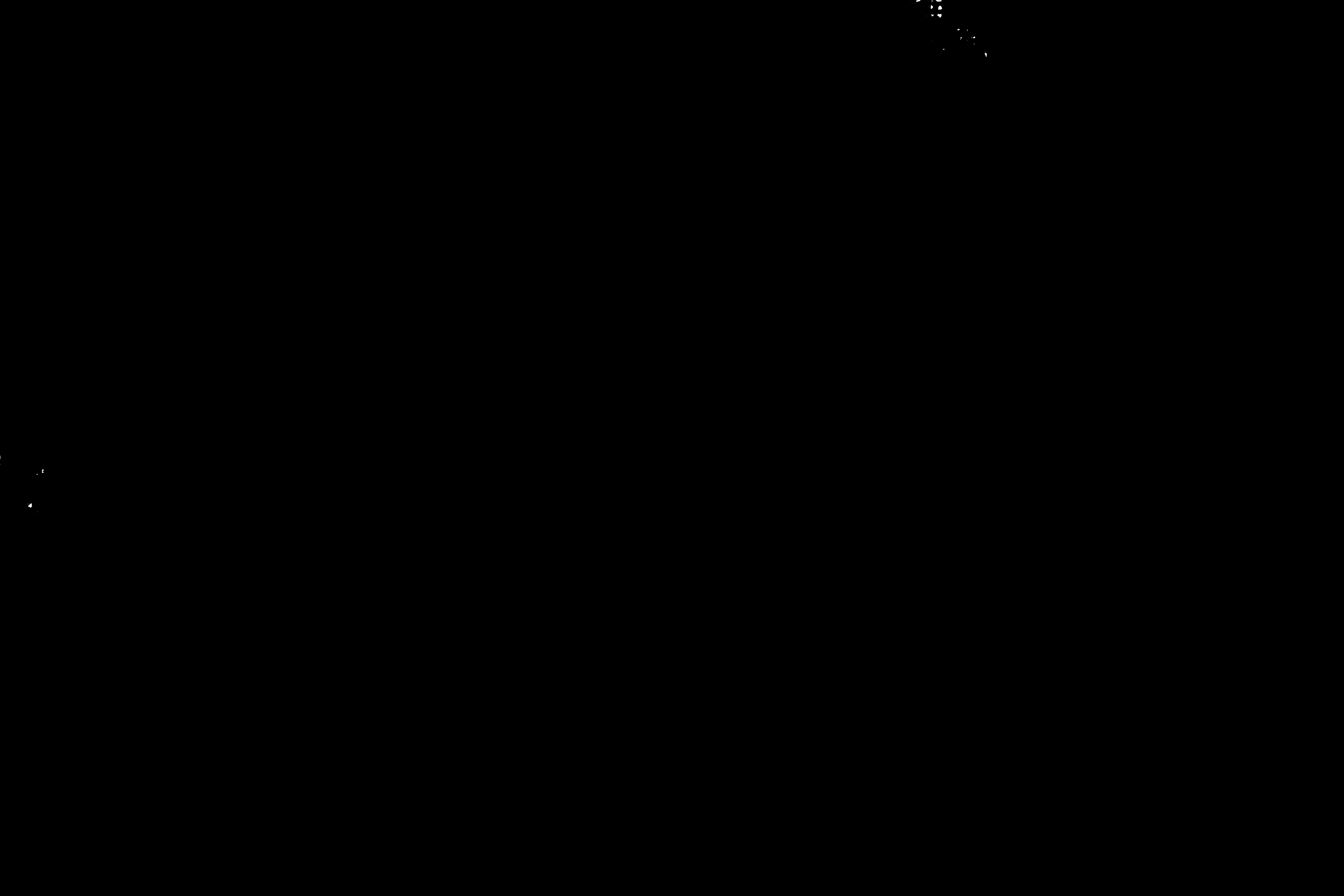ISS037-E-22990
| NASA Photo ID | ISS037-E-22990 |
| Focal Length | 1000mm |
| Date taken | 2013.10.30 |
| Time taken | 18:06:27 GMT |
Resolutions offered for this image:
1000 x 696 pixels 540 x 376 pixels 1440 x 960 pixels 720 x 480 pixels 6048 x 4032 pixels 640 x 427 pixels
1000 x 696 pixels 540 x 376 pixels 1440 x 960 pixels 720 x 480 pixels 6048 x 4032 pixels 640 x 427 pixels
Country or Geographic Name: | USA-CALIFORNIA |
Features: | BORAX MINE, BORON, DESERT LAKE, SETTLING PONDS |
| Features Found Using Machine Learning: | |
Cloud Cover Percentage: | 10 (1-10)% |
Sun Elevation Angle: | 35° |
Sun Azimuth: | 153° |
Camera: | Nikon D3X Electronic Still Camera |
Focal Length: | 1000mm |
Camera Tilt: | 26 degrees |
Format: | 6048E: 6048 x 4032 pixel CMOS sensor, 35.9mm x 24.0mm, total pixels: 25.72 million, Nikon FX format |
Film Exposure: | |
| Additional Information | |
| Width | Height | Annotated | Cropped | Purpose | Links |
|---|---|---|---|---|---|
| 1000 pixels | 696 pixels | No | Yes | Earth From Space collection | Download Image |
| 540 pixels | 376 pixels | Yes | Yes | Earth From Space collection | Download Image |
| 1440 pixels | 960 pixels | No | No | NASA's Earth Observatory web site | Download Image |
| 720 pixels | 480 pixels | Yes | No | NASA's Earth Observatory web site | Download Image |
| 6048 pixels | 4032 pixels | No | No | Download Image | |
| 640 pixels | 427 pixels | No | No | Download Image |
Download Packaged File
Download a Google Earth KML for this Image
View photo footprint information
Download a GeoTIFF for this photo
Image Caption: Rio Tinto Borax Mine, California
Note: This caption refers to the image versions labeled "NASA's Earth Observatory web site".
This detailed astronaut photograph from the International Space Station features the former US Borax mine located to the northwest of Boron, CA. The mine, currently owned by the Rio Tinto Group, is the largest open-pit mine in California (covering approximately 54 km2) and is among the largest borate mines in the world. Borates, chemical compounds that include the element boron (B), are important both as providers of an essential plant micronutrient; for metallurgical applications; and as components of specialized types of glass, anticorrosive coatings, fire retardants, and detergents (among other uses).
Borate minerals such as borax, kernite, and ulexite are found in deposits at the Rio Tinto borax mine. The geologic setting is a structural, nonmarine basin - a permanent shallow lake - fed by thermal springs rich in sodium and boron that existed approximately 16 million years ago. The first mining claim in the area was filed in 1913, following discovery of boron-bearing nodules during well drilling. Much of the mine workings were underground until 1957, when US Borax changed to open-pit mining.
The open pit is clearly visible at image center; concentric benches along the pit wall are accentuated by shadows and mark successive levels of material extraction. Mine tailings are visible as stacked terraces along the northern boundary of the mine. Ore processing facilities occupy a relatively small percentage of the mine area, and are located directly to the west of the open pit. The Rio Tinto mine is one of the Earth's richest borate deposits; together with mines in Argentina, they produce almost 40 percent of the world's supply of industrial borate minerals.
Note: This caption refers to the image versions labeled "NASA's Earth Observatory web site".
This detailed astronaut photograph from the International Space Station features the former US Borax mine located to the northwest of Boron, CA. The mine, currently owned by the Rio Tinto Group, is the largest open-pit mine in California (covering approximately 54 km2) and is among the largest borate mines in the world. Borates, chemical compounds that include the element boron (B), are important both as providers of an essential plant micronutrient; for metallurgical applications; and as components of specialized types of glass, anticorrosive coatings, fire retardants, and detergents (among other uses).
Borate minerals such as borax, kernite, and ulexite are found in deposits at the Rio Tinto borax mine. The geologic setting is a structural, nonmarine basin - a permanent shallow lake - fed by thermal springs rich in sodium and boron that existed approximately 16 million years ago. The first mining claim in the area was filed in 1913, following discovery of boron-bearing nodules during well drilling. Much of the mine workings were underground until 1957, when US Borax changed to open-pit mining.
The open pit is clearly visible at image center; concentric benches along the pit wall are accentuated by shadows and mark successive levels of material extraction. Mine tailings are visible as stacked terraces along the northern boundary of the mine. Ore processing facilities occupy a relatively small percentage of the mine area, and are located directly to the west of the open pit. The Rio Tinto mine is one of the Earth's richest borate deposits; together with mines in Argentina, they produce almost 40 percent of the world's supply of industrial borate minerals.



